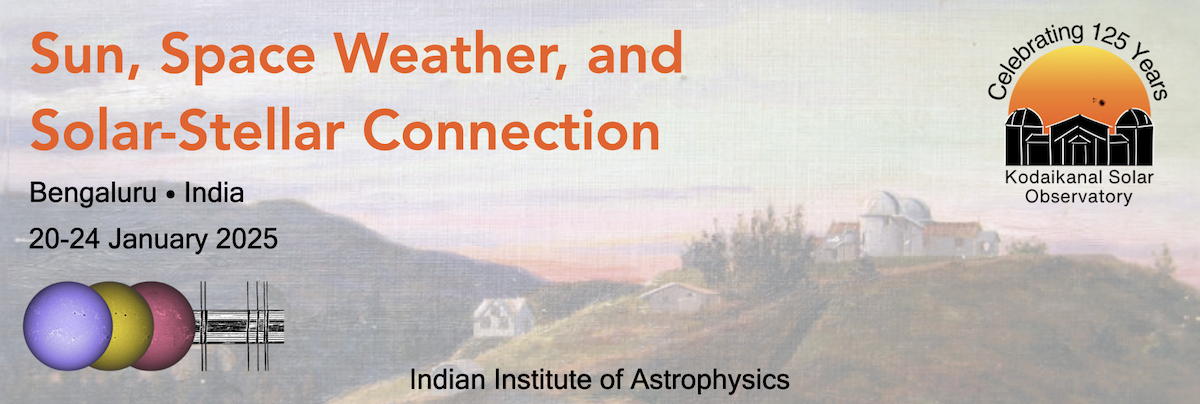Speaker
Description
Stellar activity produces noise in radial velocity data, which hinders Earth-mass exoplanet detection. Radial velocity jitter is a complex nonlinear combination of effects of stellar spots, faculae, p-mode oscillation, and granulation which also works on different timescales. We use a data-driven approach to determine the effect of stellar activity on radial velocity. We used the normalised flux of multiple absorption lines from HARPS-N solar spectra as input and radial velocity in a heliocentric rest frame as output for the machine learning model. To model stellar activity, we used a Bayesian Machine Scientist. By predicting and subtracting the effect of stellar activity on radial velocity we were able to reduce the standard deviation in the noise in the data to 1.2 m/s and 1.6 m/s of effect was modeled out.
| Contribution Type | Poster |
|---|---|
| Theme | Solar - Stellar Connections |

